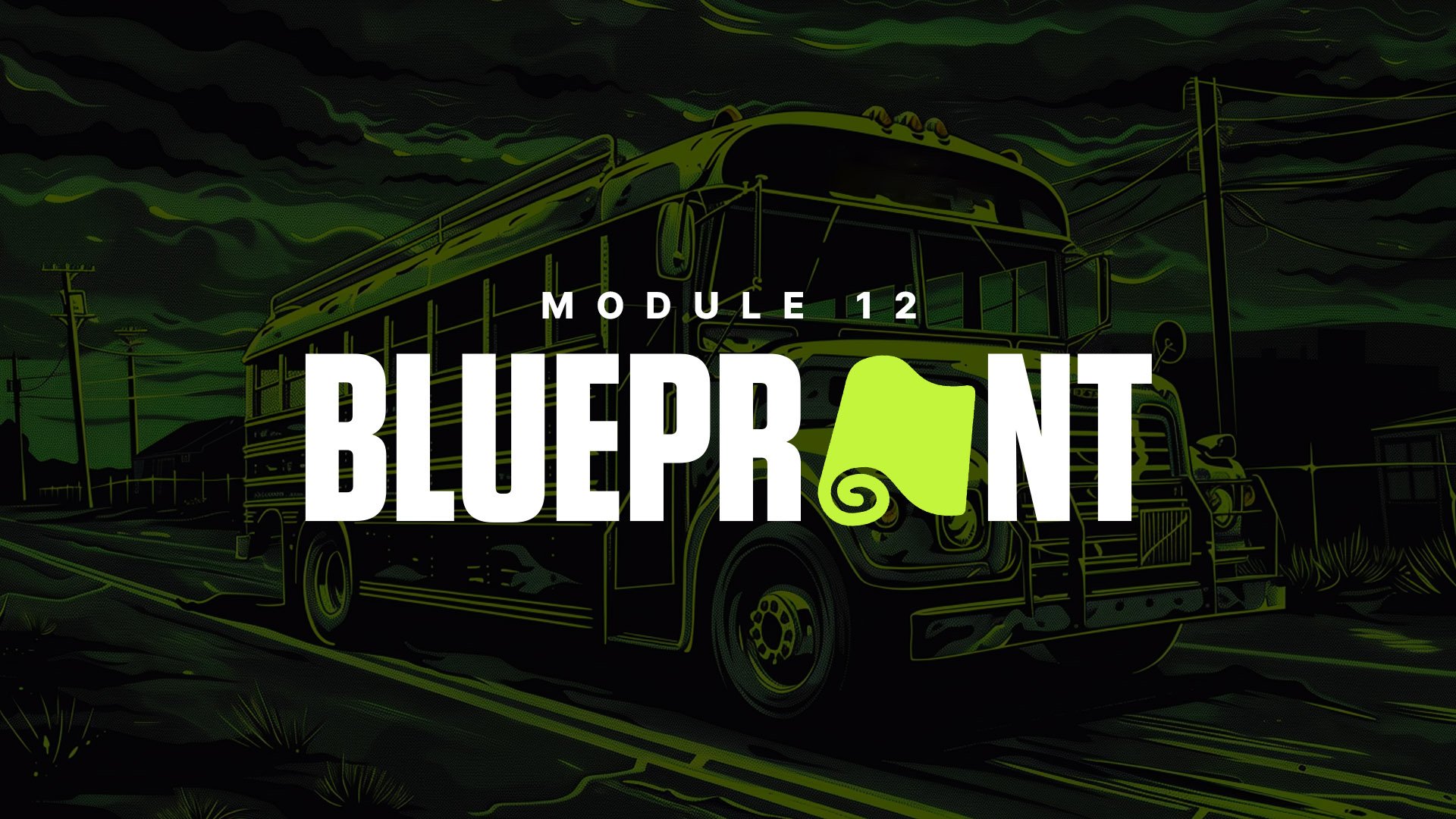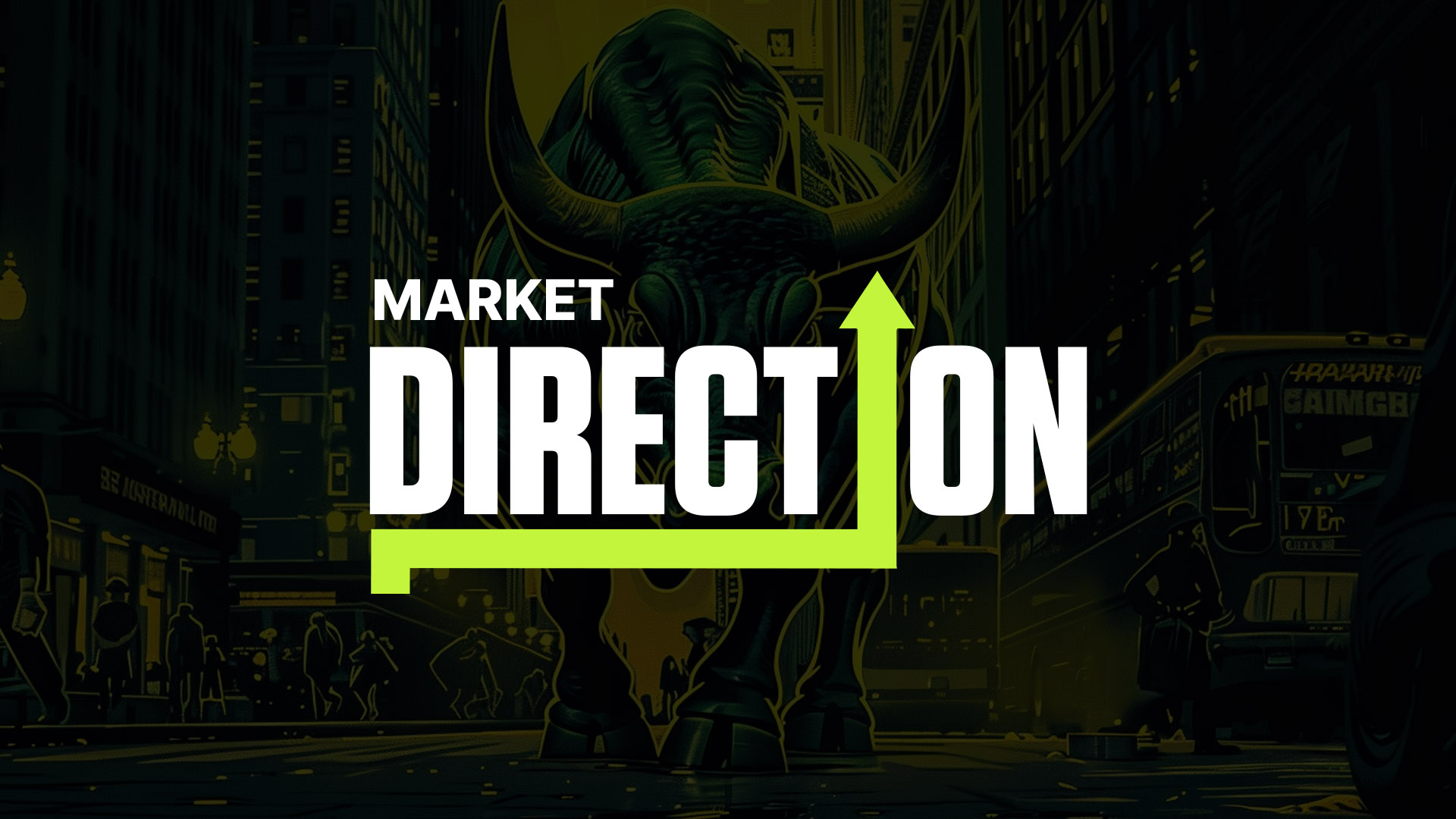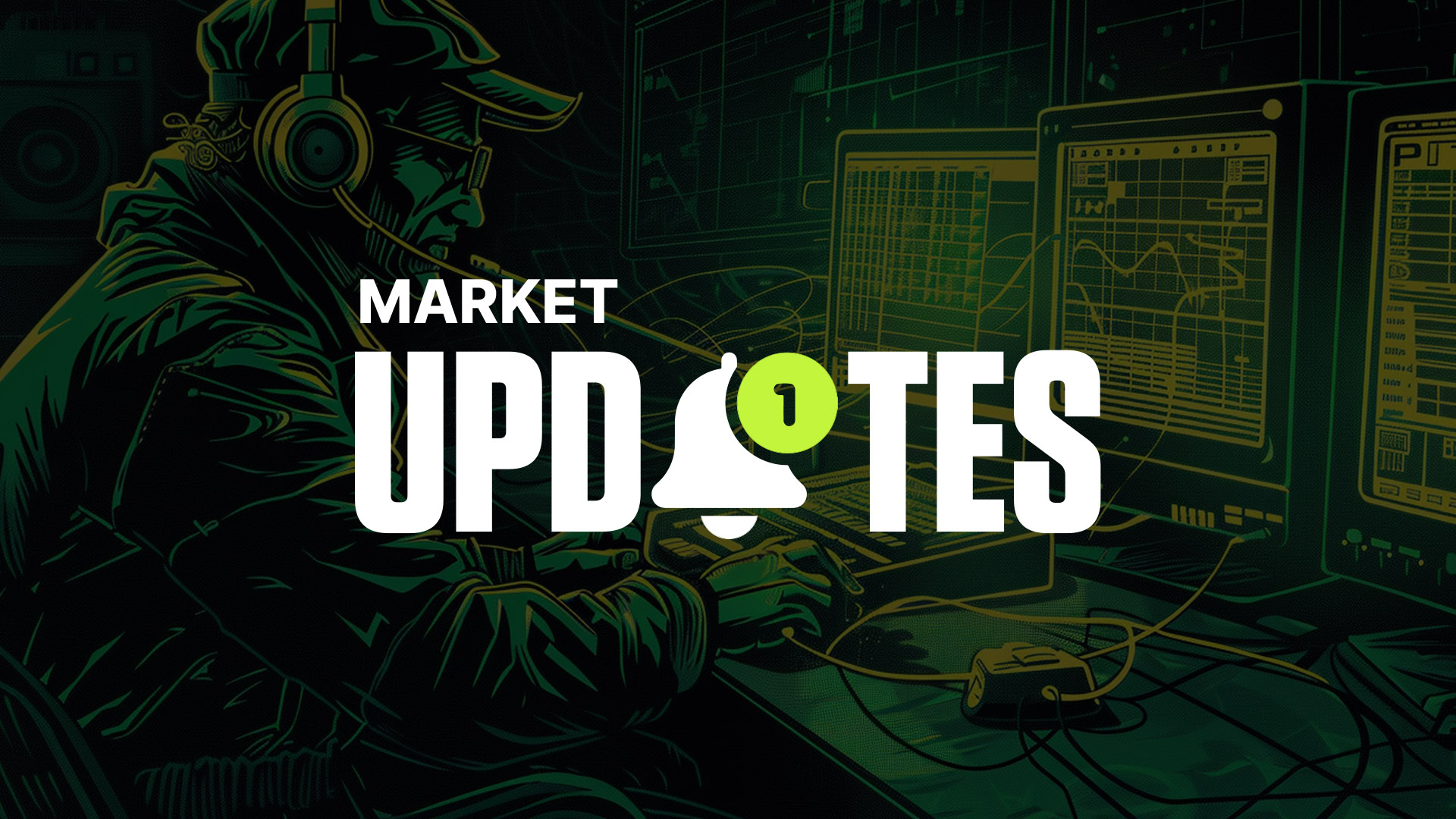
What is DeFi?
Decentralised Finance refers to the ecosystem of applications and services built on blockchains like Ethereum and Solana.DeFi represents a radical shift away from traditional financial systems towards a model where financial services operate on blockchain technology without centralised intermediaries.
It is an open, permissionless, trustless and global alternative to the flawed current financial system that is tightly controlled by centralised powers. We discuss this topic in more detail in Module 1.
DeFi facilitates lending, borrowing, trading, and other financial activities through smart contracts and decentralised applications (dApps). This model promises greater accessibility and transparency, offering services like automated lending protocols, decentralised exchanges (DEXs), and yield farming platforms where individuals have control over their assets and personal data.
One of the best ways to understand the potential of DeFi is to look at the flaws of traditional finance. Millions of people globally do not have access to a bank account or financial services. Traditional financial systems have access to your personal data. They can block access to your funds without notice.
DeFi offers access to a previously gated system. DeFi is open to anyone with an internet connection. No identity verification is needed. DeFi markets are always open and there are no centralised authorities who can block access to your funds.
What is finance?
The term finance is refers to the creation of money and investments. It involves things like borrowing and lending, investing, trading securities and raising capital.TradFi or traditional finance refers to the traditional financial system that is made up of a range of financial services and institutions, including banks, stock exchanges, and insurance companies, which operate within a regulated, centralised framework.
This system relies on intermediaries to facilitate transactions, manage risks, and provide services, resulting in layers of bureaucracy and costs.
While TradFi has been instrumental in developing the global economy, it often limits accessibility and transparency for the average user. DeFi challenges this status quo by offering an alternative that is open to anyone with an internet connection, reducing reliance on traditional intermediaries.
Stock markets & exchanges
A stock market is made up of several exchanges where shares of public companies are traded. The terms “stock market” and “stock exchange” are typically used interchangeably. The leading US stock exchanges include the Nasdaq and the New York Stock Exchange. They play a crucial role in capital formation, allowing companies to raise funds for expansion and innovation while offering investors opportunities for wealth creation.DeFi introduces concepts like decentralised exchanges, where trading can happen directly between participants without the need for centralised platforms, reducing fees and increasing accessibility.
What is censorship-resistance?
Censorship resistance means that no government, state or third party has the power to control who can store value or transact on a network. It ensures that the network’s governing laws are decided in advance and cannot be retroactively changed to suit a particular agenda.Decentralised networks aren’t owned or managed by any single party or intermediary. So, it’s almost impossible to censor transactions.
Here’s an example… On 14 February 2022, for the first time in Canada’s history, its government declared a public order emergency, invoking powers to deter political protest. The government used centralisation to punish protestors by freezing their bank accounts and insurance policies. These “emergency powers” were utilised, without a court order, against people who had not been charged with any crime. These events serve to highlight the extreme importance of decentralisation and censorship resistance.
The underlying point: governments can use “emergency” powers to block access to individuals’ funds held in bank accounts and centralised cryptocurrency providers.
At the time, the CEO of Kraken exchange, Jesse Powell, was asked whether the exchange would be forced to comply with a police order to suspend access to assets without a court procedure, he tweeted in reply:
“100% yes it has/will happen and 100% yes, we will be forced to comply. If you’re worried about it, don’t keep your funds with any centralised/regulated custodian. We cannot protect you. Get your coins/cash out and only trade p2p.”
Note that decentralised finance services are, of course, not without risk either.
The power of decentralisation
The true power of DeFi is in the ‘money-Legos’ or modular framework on which it is built. Different protocols can build on top of each other to create previously impossible products and services. As protocols come up with new ways to work and build together, we’ll see new uses and collaborations.The benefits of access to global talent, with reduced costs, time and barriers to collaboration, can't be underestimated. Combine this with community ownership and revenue sharing, and you have an entirely new way to conceptualise the way businesses, products, and services operate.
There is work to be done before this future can be realised. However, the opportunity for innovation in DeFi is enormous.
Decentralised exchanges
A decentralised crypto exchange (DEX) is a platform where transactions occur ‘peer-to-peer’ (directly between crypto traders) without the need for a middleman, like a bank or a broker. On a decentralised exchange, you never give up control of your assets.On decentralised exchanges, there is no protection for the user. However, as there is no centralised intermediary, there is also no censorship or banning.
Even in crypto, not every financial service is decentralised. In centralised finance or CeFi, all crypto trade orders are managed by a central exchange (a middleman). CeFi platforms offer more accessible fiat on and off ramps than decentralised platforms, which hand the responsibility of self-custody to the user.
CeFi may be more convenient than managing your DeFi investment yourself. However, if you store your crypto on a centralised exchange, you do NOT have full control over your funds.
Holding your assets in your own wallet and using DEXs is like holding the tokens yourself and using cash. If your money is stolen, you’re on your own, but at least no one is in possession of your money, and it is at your disposal.
Some users may prefer to use decentralised platforms like Sushiswap instead of a centralised exchange (like Binance or Coinbase) because of the combination of the complete control and custody of their tokens, anonymity, and the ability to purchase and exchange tokens that aren’t available on centralised exchanges.
Learn more about this in Module 10: Security & Usage.
Derivatives in crypto
Derivatives are complex financial instruments whose value is derived from an underlying asset. In traditional markets, they are used for hedging risks or speculating on future price movements. For example, crude oil is a commodity and the underlying asset. Crude oil futures are financial contracts that derive their value from the underlying asset (crude oil) that people trade. You can’t easily trade oil itself, but you can trade its derivatives.Derivatives are based on the future price of the asset. Traders use them to speculate or to hedge (protect against) risk. Think about it like this, if you want to speculate the price of oil will go higher in a year's time, you can buy a derivative. This means you don’t need to buy an oil tanker to store it in. Much easier.
DeFi brings this concept into the blockchain space, allowing for the creation of decentralised derivatives markets. This not only democratises access to complex financial instruments but also introduces innovations such as automated market makers (AMMs) and decentralised oracles, enhancing liquidity and price discovery.
Derivatives is an umbrella term but there are two main types in crypto. A futures contract is the obligation to buy an underlying asset, e.g. ETH, at a set point in the future, at a defined price. An options contract is similar. It is the right to buy or sell an asset at a set time in the future, at a defined price. However, the holder is not obligated to do so.
Futures themselves aren’t used all that much in crypto. Perpetual futures are the most popular derivative in crypto by far. These are what you see offered on many crypto exchanges.
A future is an agreement to buy an asset (such as Bitcoin) at a set time in the future. A future defines the amount of the asset that will be bought, the price that will be paid, and the settlement date. At the settlement date, the holder of the future is obligated to buy the asset for the previously agreed price.
Unlike traditional futures, which have a limited lifespan, perpetual futures do not have an expiration date. They are cash-settled, meaning there is no need to send over your assets when you settle.
Hedging (the process of minimising or offsetting risk) is a key part of financial markets. For a simple non-financial example, consider a farmer. They can’t predict grain prices in a year's time, but operate on tight profit margins. To counter that, they could sell a futures contract. This would give the buyer the obligation to buy their grain in a year's time for a price determined now.
Previously, such trading strategies were reserved for the rich and powerful. With crypto, they are becoming accessible to anyone. Note that derivatives are, of course, not without risk.
Liquidity in DeFi
Liquidity is a fundamental concept in both traditional finance and decentralised finance, representing the ease with which an asset can be converted into cash or another asset without significantly affecting its market price. High liquidity implies that transactions can be executed quickly and with minimal price impact, making an asset more appealing for buying and selling.In traditional finance, money markets play a crucial role in facilitating liquidity. These markets are where short-term lending and borrowing occur, acting as a mechanism for managing liquidity within the financial system. Money markets are typically centralised, relying on institutions like banks to mediate transactions between borrowers and lenders.
DeFi transforms this landscape by leveraging blockchain technology and smart contracts to decentralise money markets. In DeFi, liquidity is not controlled by any single entity, enhancing transparency and reducing the risk of interference in transaction terms. This decentralisation democratises access to lending and borrowing, challenging traditional barriers to obtaining credit.
Order books are a mechanism utilised within both centralised exchanges like Binance and decentralised exchanges such as dYdX, to facilitate trading. They record buy and sell orders, matching them based on price and quantity. Market makers, entities that provide liquidity by always being ready to buy or sell, play a significant role in maintaining order book liquidity. In CEXs, the order book model requires buyers and sellers to agree on a price for a trade to occur.
DeFi introduces Automated Market Makers (AMMs) as an innovative solution to provide on-chain liquidity without the need for traditional order books or intermediaries. AMMs operate through smart contracts, creating markets for any pair of tokens. Liquidity pools, collections of tokens locked in a smart contract, underpin AMMs. Participants, or liquidity providers, contribute tokens to these pools in exchange for transaction fee rewards, based on their share of the pool.
DEXs like Uniswap exemplify the use of AMMs in DeFi. Uniswap utilises liquidity pools to facilitate the exchange of tokens, employing a simple formula to maintain price equilibrium based on supply and demand within the pool. This system allows for the decentralised exchange of assets, enhancing accessibility and efficiency in trading.
Real-World Asset (RWA) tokenisation
Tokenisation is the process of converting rights to an asset into a digital token on a blockchain. This process can apply to various real-world assets (RWAs) such as real estate, art, and commodities.RWA tokenisation presents a significant opportunity in DeFi by expanding the universe of assets available on blockchain networks. It enables fractional ownership, enhances liquidity, and opens up new investment opportunities to a global audience. Moreover, tokenisation can streamline processes and reduce costs associated with buying, selling, and managing assets.
Examples of DeFi protocols
dYdX is a decentralised exchange that focuses on derivatives trading. It is one of the biggest exchanges in the world and competes directly with the likes of Binance. Derivatives trading was once reserved for the wealthy and powerful. With platforms like dYdX, it’s becoming available to everyone.Uniswap is a decentralised exchange. It allows anyone to exchange Ethereum tokens privately without having to trust a third party. It was one of the first DeFi applications to gain traction on Ethereum.
Aave is a decentralised lending and borrowing system. It allows users to borrow, lend, and earn interest on crypto, without intermediaries. It’s like a traditional bank, without the need to trust a middleman to manage your funds.
Premia is a decentralised finance options protocol. It allows users to provide liquidity to, or buy and sell options from, a liquidity pool. DeFi platforms like Premia are allowing previously impossible things to become possible. It allows users to benefit from the returns of options selling, simply by depositing their assets into a pool. It is the Robinhood (a centralised investing and trading platform) of DeFi.
DeFi has the potential to democratise finance, offering greater transparency, accessibility, and control over personal assets. And, it’s only just getting started.
Continue reading by joining Cryptonary Pro
$997/year
Get everything you need to actively manage your portfolio and stay ahead. Ideal for investors seeking regular guidance and access to tools that help make informed decisions.
For your security, all orders are processed on a secured server.
As a Cryptonary Pro subscriber, you also get:
Success Guarantee, if we don’t outperform the market, you get 100% back, no questions asked
24/7 access to experts with 50+ years’ experience
All of our top token picks for 2025
Our latest memecoins pick with 50X potential
On hand technical analysis on any token of your choice
Weekly livestreams & ask us anything with the team
Daily insights on Macro, Mechanics, and On-chain
Curated list of top upcoming airdrops (free money)
100% Success Money Back Guarantee
If our approach doesn’t outperform the overall crypto market during your subscription, we’ll give you a full refund of your membership. No questions asked. For quarterly and monthly subscribers this is applicable once your subscription runs for 6 consecutive months.
Our track record speaks for itself
With over 2.4M tokens and widespread misinformation in crypto, we cut through the noise and consistently find winning assets.
Our track record speaks for itself
With over 2.4M tokens and widespread misinformation in crypto, we cut
through the noise and consistently find winning assets.
Frequently Asked Questions
Can I trust Cryptonary's calls?
Yes. We've consistently identified winners across multiple cycles. Bitcoin under $1,000, Ethereum under $70, Solana under $10, WIF from $0.003 to $5, PopCat from $0.004 to $2, SPX blasting past $1.70, and our latest pick has already 200X'd since June 2025. Everything is timestamped and public record.
Do I need to be an experienced trader or investor to benefit?
No. When we founded Cryptonary in 2017 the market was new to everyone. We intentionally created content that was easy to understand and actionable. That foundational principle is the crux of Cryptonary. Taking complex ideas and opportunities and presenting them in a way a 10 year old could understand.
What makes Cryptonary different from free crypto content on YouTube or Twitter?
Signal vs noise. We filter out 99.9% of garbage projects, provide data backed analysis, and have a proven track record of finding winners. Not to mention since Cryptonary's inception in 2017 we have never taken investment, sponsorship or partnership. Compare this to pretty much everyone else, no track record, and a long list of partnerships that cloud judgements.
Why is there no trial or refund policy?
We share highly sensitive, time-critical research. Once it's out, it can't be "returned." That's why membership is annual only. Crypto success takes time and commitment. If someone is not willing to invest 12 months into their future, there is no place for them at Cryptonary.
Do I get direct access to the Cryptonary team?
Yes. You will have 24/7 to the team that bought you BTC at $1,000, ETH at $70, and SOL at $10. Through our community chats, live Q&As, and member only channels, you can ask questions and interact directly with the team. Our team has over 50 years of combined experience which you can tap into every single day.
How often is content updated?
Daily. We provide real-time updates, weekly reports, emergency alerts, and live Q&As when the markets move fast. In crypto, the market moves fast, in Cryptonary, we move faster.
How does the success guarantee work?
If our approach to the market doesn’t beat the overall crypto market during your subscription, we’ll give you a full refund of your membership fee. No questions asked. For quarterly and monthly subscribers this is applicable once your subscription runs for 6 consecutive months.


















